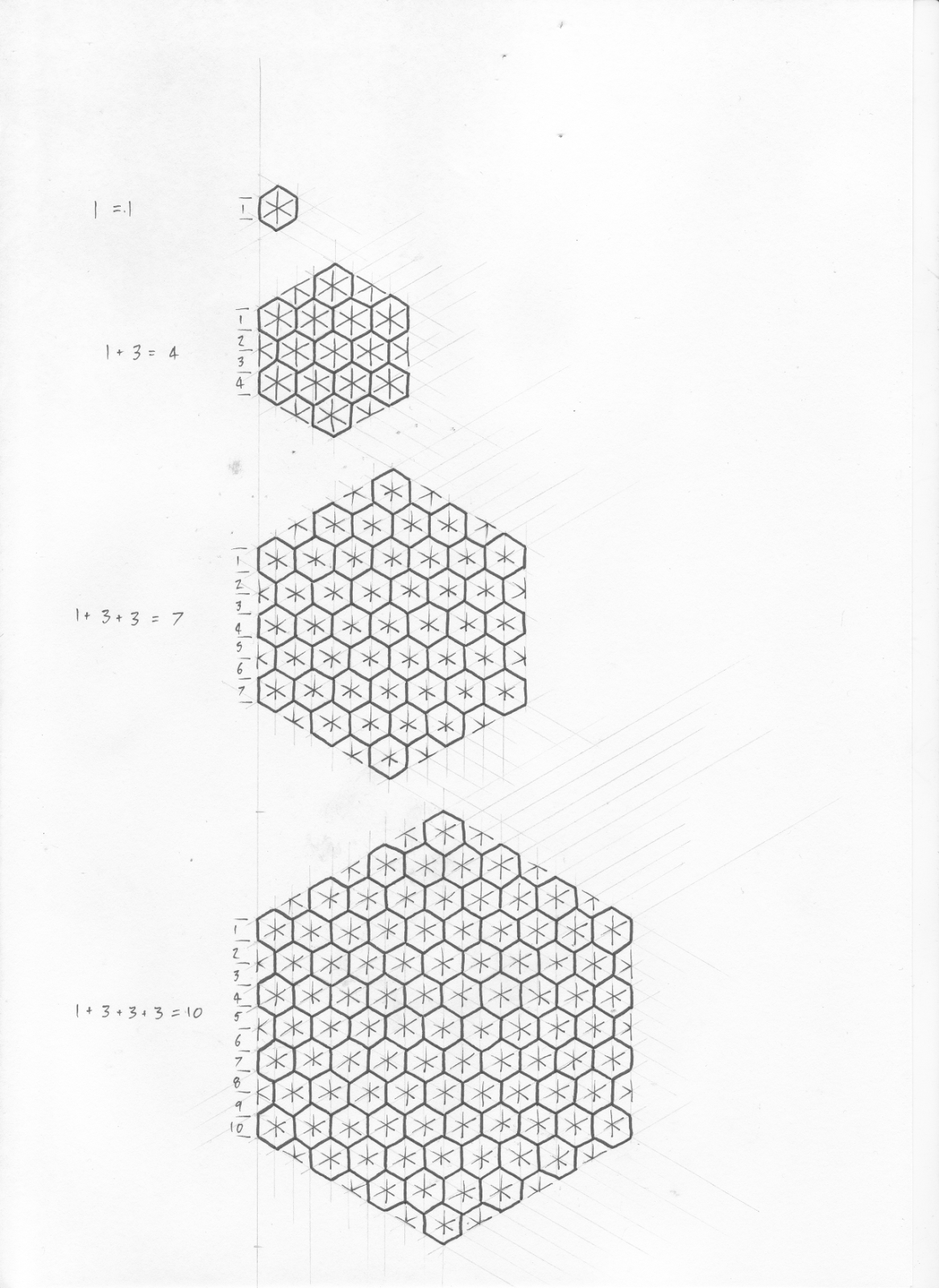Mutant Size Discrepancy
I'm really getting stumped on the disparate sizes of potential mutant animals, with characters potentially ranging in size from smaller than mice to larger than elephants, how do we address the issue of characters hitting varying sized characters (and the respective damage their might do)...and when I do this, how do I keep it from getting too crunchy when the rest of the game is predominately narrative in spirit. At this stage I'm thinking of allocating a limited "size class" mechanism. Each character has a size class from 0 to 14 (typically), where 7 is a regular human (50-100kg, 1.5m-2m) and every increment basically halves or doubles the weight (and modifies height by about 30%). The whole system is logarithmic. In this way we can compare the difference between character sizes, and the same effects apply. A size class 3 character facing a size class 6 character (3 levels of difference), works much the same as a size class 6 character facing a size class 9 ch...








.png)
.png)
.png)
.png)










